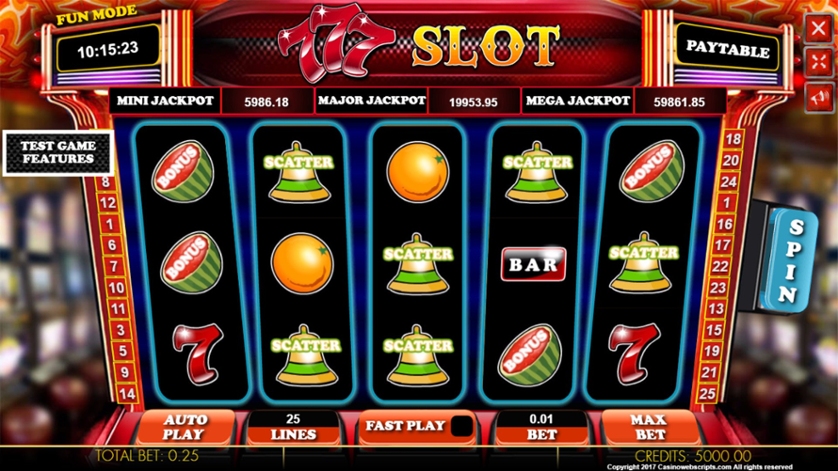Slot games have journeyed through an extraordinary evolution, captivating audiences with their blend of chance, strategy, and entertainment. From their humble beginnings as mechanical devices to the digital spectacles they are today, slot games have carved a niche in the world of slot deposit pulsa gaming, transcending generations and technological leaps.
The Genesis: Mechanical Beginnings
The story of slot games begins in the late 19th century with the invention of the first mechanical slot machine by Charles Fey. In 1895, Fey developed the Liberty Bell, a three-reel slot machine with symbols such as horseshoes, stars, and playing cards. The Liberty Bell became a sensation, its simple yet engaging design laying the groundwork for future developments in slot gaming.
Mechanical slot machines operated on a basic principle: pull a lever to spin the reels and hope for a winning combination. The lever, which earned these machines the nickname “one-armed bandits,” added a physical and psychological element to the game, making the experience more immersive and thrilling.
The Electromechanical Era: A Leap Forward
The 1960s ushered in the electromechanical slot machines, which combined mechanical and electronic components. This hybrid design allowed for more complex game mechanics, such as multiple paylines and larger payouts. Bally Manufacturing was a pioneer in this era, introducing the first fully electromechanical slot machine, the Money Honey, in 1964.
The Money Honey featured a bottomless hopper and the ability to make automatic payouts of up to 500 coins, setting new standards in the industry. The success of electromechanical slots paved the way for more innovative designs and gameplay features, increasing their popularity in casinos worldwide.
The Digital Revolution: Slots Go Online
The late 20th century marked the beginning of the digital revolution in slot gaming. With the advent of computer technology and the internet, slot games transitioned from mechanical and electromechanical devices to software-based games. The first video slot machine, Fortune Coin, developed by Fortune Coin Co. in 1976, used a modified 19-inch Sony Trinitron color receiver for its display, heralding a new era for slot games.
Online casinos emerged in the mid-1990s, bringing slot games to a global audience. Players no longer needed to visit physical casinos to enjoy their favorite games; they could now access a vast array of slots from the comfort of their homes. This shift not only democratized access to slot games but also spurred the development of a wide variety of themes and features.
Modern Marvels: Features and Innovations
Today’s slot games are a testament to the creative and technological advancements in the gaming industry. Modern slots boast high-definition graphics, intricate animations, and immersive soundscapes. Themes range from ancient mythology and adventure to popular movies and TV shows, catering to a diverse audience.
Innovative features such as bonus rounds, free spins, and progressive jackpots have become standard, enhancing the excitement and potential rewards. Progressive jackpots, in particular, have revolutionized the slot gaming experience by offering life-changing sums of money. These jackpots accumulate across a network of machines or online platforms, growing until one lucky player hits the winning combination.
The incorporation of random number generators (RNGs) ensures fair play, making each spin independent and unpredictable. This technology is crucial in maintaining the integrity of slot games, whether in a land-based casino or an online platform.
The Social and Mobile Gaming Boom
In recent years, the rise of social media and mobile technology has further transformed slot gaming. Social casino games, available on platforms like Facebook, allow players to enjoy slot games with friends and participate in tournaments without wagering real money. These games emphasize the social aspect of gaming, creating a community of players who share their experiences and achievements.
